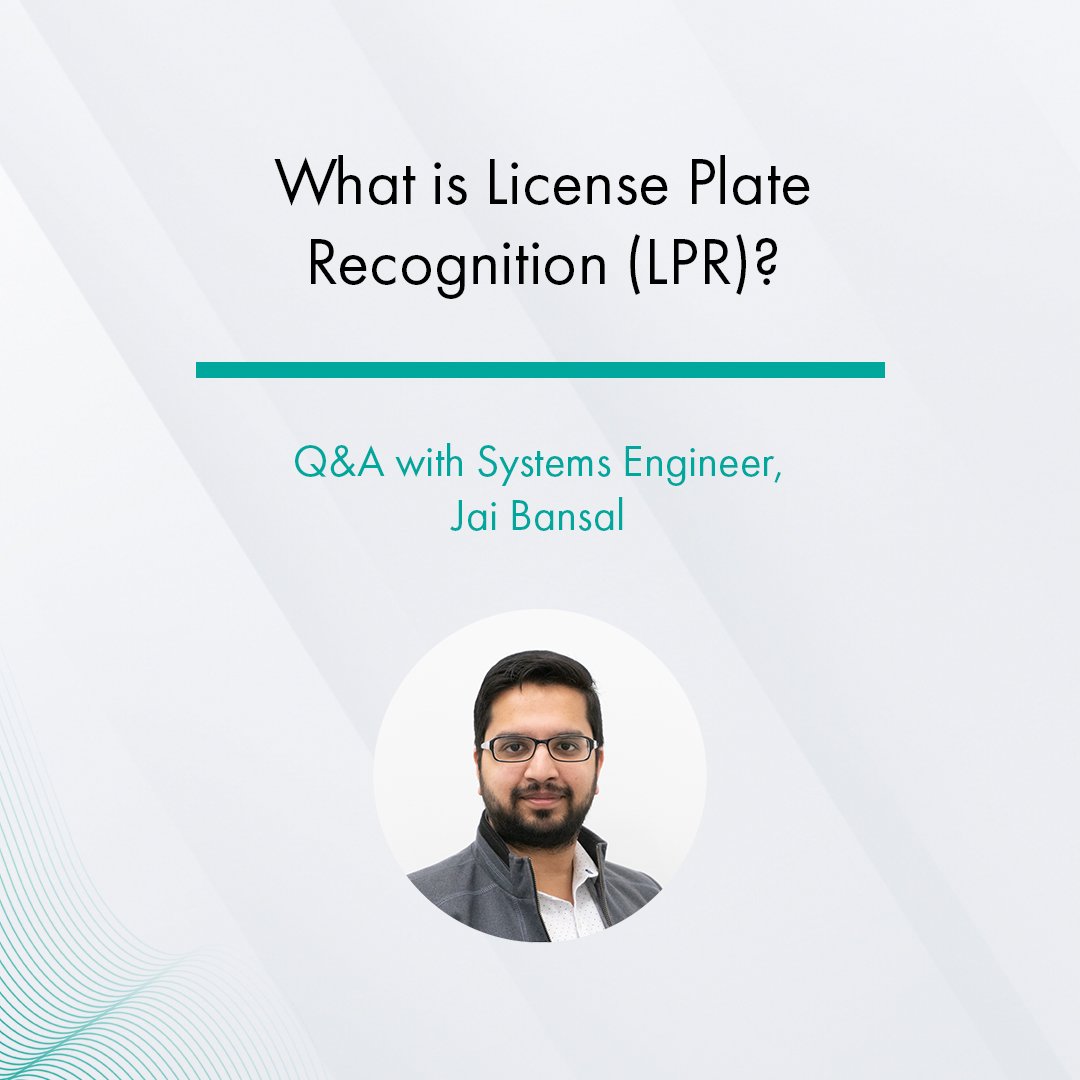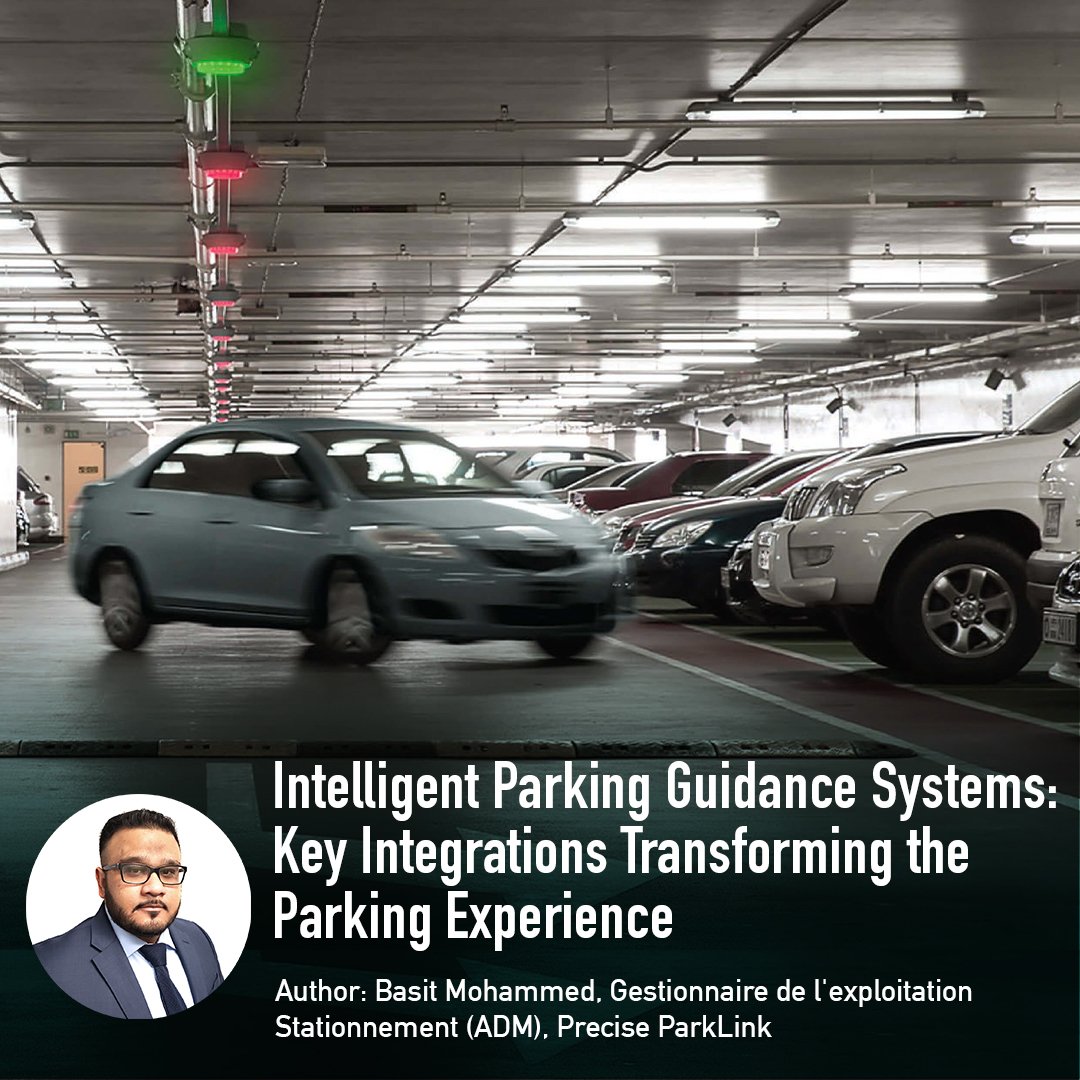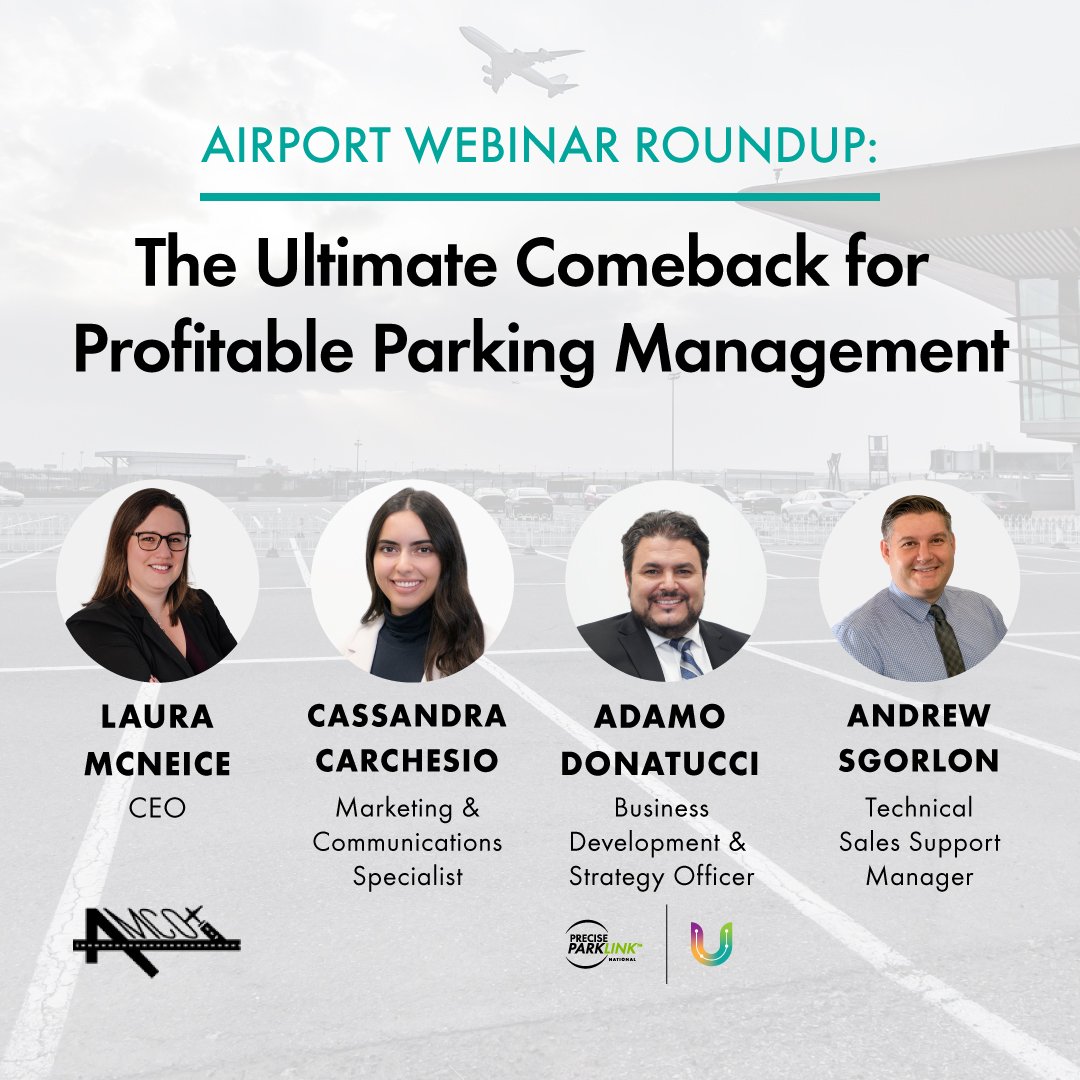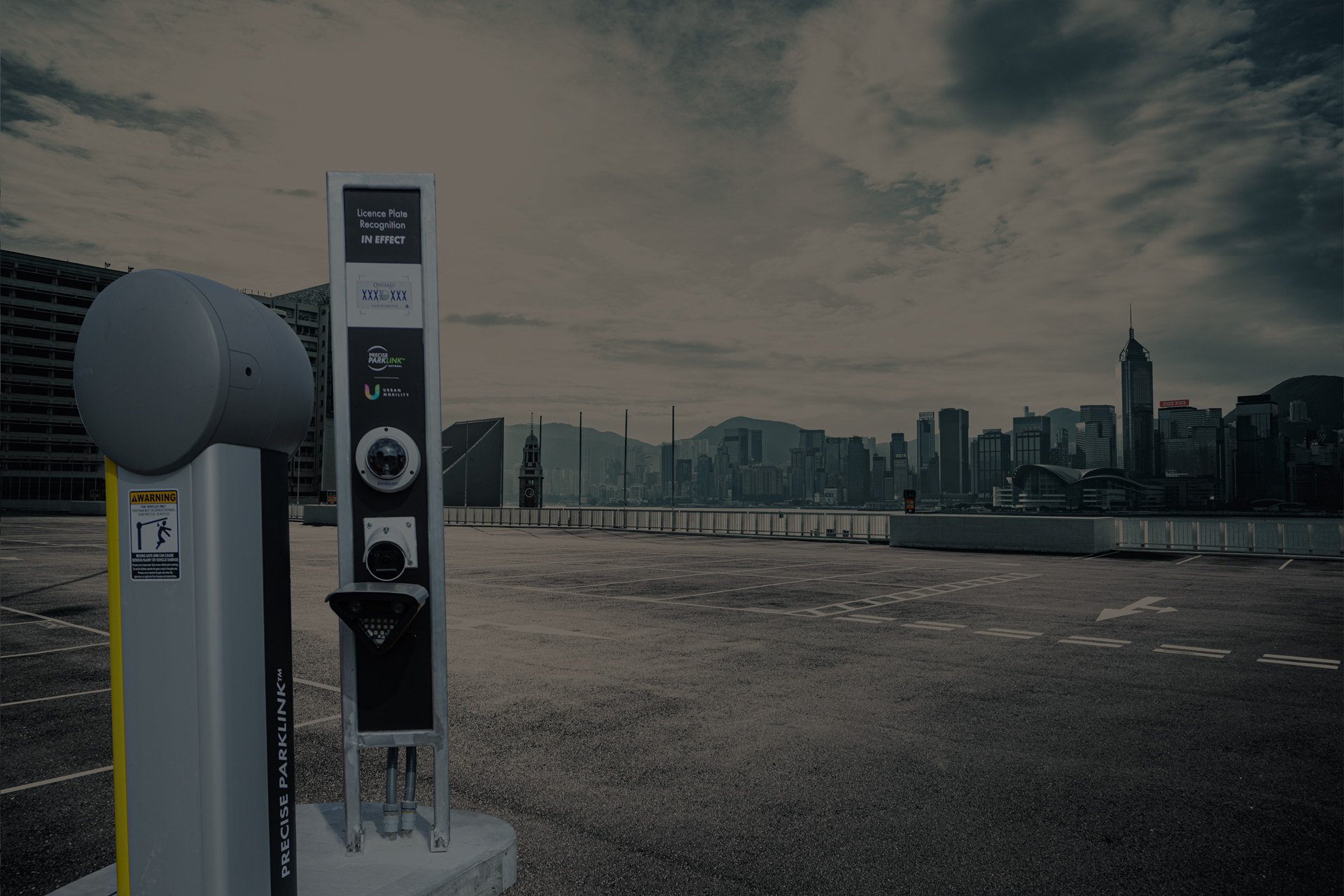
Automatic License Plate Recognition
Fuelling frictionless parking experiences.
Advanced control over your parking operation.
Automatic License Plate Recognition (ALPR) technology is a powerful tool that can streamline access control, manage enforcement, and provide valuable data for any parking operator interested in optimizing their parking service. It is an ideal solution for parking facilities looking to get a good read on real-time activity and trends in their parking lots:
View license plate images, information, and manually edit
Define license plate character heights captured and processed by the optical character recognition
Notification lists providing automatic notifications when specific cars enter and exit the parking facility;
Block lists preventing cars on this list from entering the facility
Track if a car has entered the facility multiple times over a short duration
Contract, permit, and reserved parking access via license plate recognition
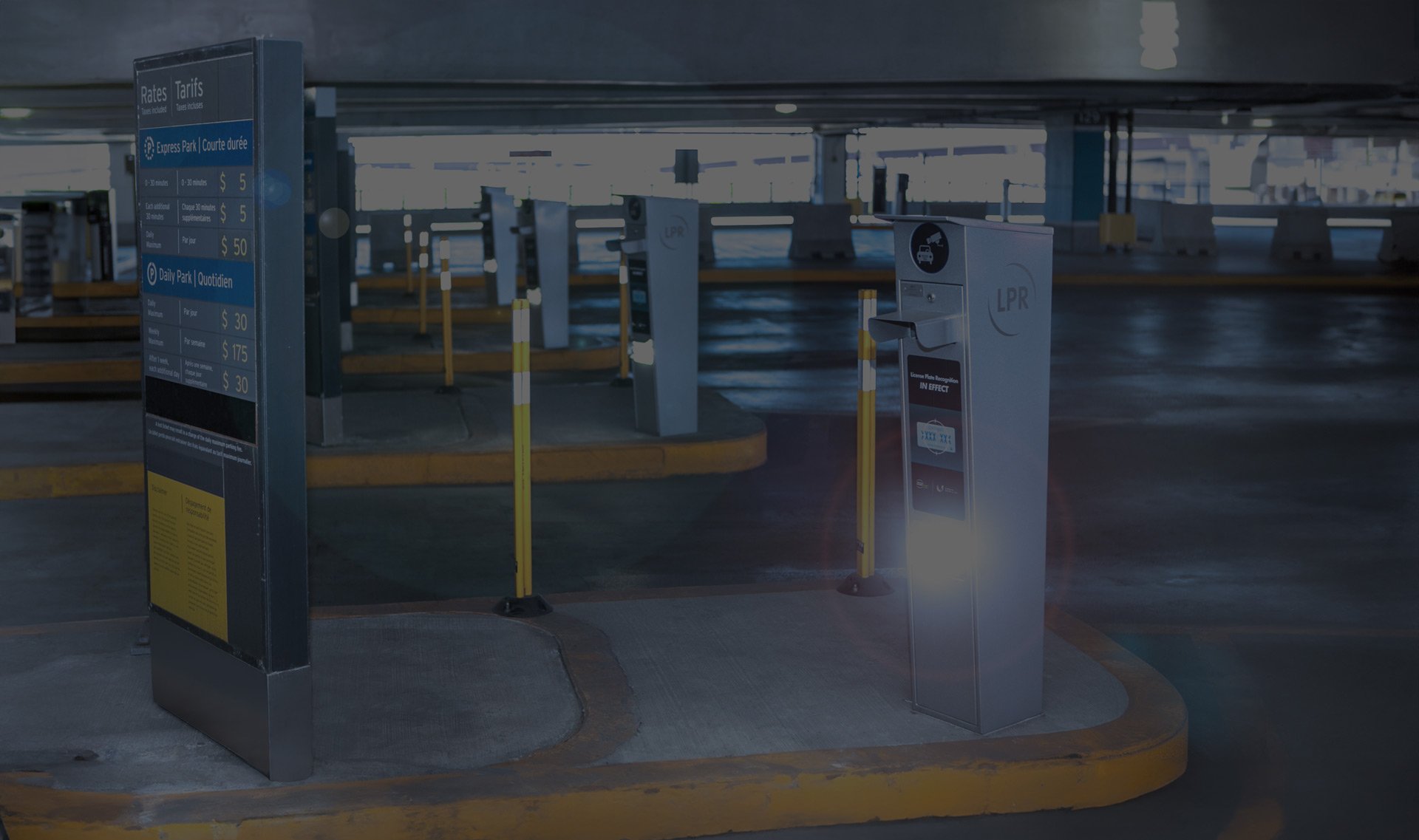
Parking Access and Control
With the use of automatic license plate recognition technology.
A versatile technology with two main applications in the parking industry: parking access and parking enforcement.
Parking access: controlling access to your parking facilities with a fixed license plate recognition device installed at the entry and exit. A built-in gateway that works well with or without a gated parking system
Parking enforcement: either on a handheld device in parking lots patrolled on foot or attached to enforcement vehicles for larger facilities patrolled by car
Benefits of License Plate Recognition
Automatic access for permit holders and reservations.
ALPR reads and processes parking permit and reservation qualifications comparing license plates to an active database. License plates are the access credential, replacing physical or digital permits.
Gated lots: gates automatically open and drivers enter once the fixed in-lane ALPR camera authorizes the license plate on their vehicle
Non-gated lots: enforcement officers easily verify permits or reservations using handheld or in-vehicle LPR based enforcement technology
Ticketless access for all visitors.
Gated lots: gates automatically open once the fixed in-lane LPR camera records and stores the following information: license plate and image, vehicle entry time, and rate. Once the vehicle enters, their parking transaction begins.
The LPR system searches its database for the license plate, entry time, validation or reservation type to calculate the fee due. On exit, ALPR cameras read the license plate, verify payment and raise the gates.
Non-gated lots: the LPR-based enforcement technology verifies license plate and payment
Efficient parking enforcement.
The ability to record and associate the license plate and an image of the vehicle to a violation notice improves patrolling accuracy and reduces disputes
Patrol officers are no longer required to: manually check each license plate against a database of authorized parkers, take into account any special rules that might be associated with a permit type, or photograph each infraction for future reference in case the violation notice is disputed
Offers and added level of protection for appeal and adjudication handling

Parking Intelligence
Say Hello to ParkSuite™
Our license plate recognition systems are smart and connected to ParkSuite — an all-in-one business intelligence and live central management platform providing you with full insight and control over your parking operation.
Find My Car Assistance
Help your visitors remember where they parked.
A solution ideal for large parking facilities, license plate recognition through sensor technology can help your visitors remember where they parked by simply entering a vehicle license plate into a parking pay station, find my car kiosk, or mobile app. Sensor technology attached to parking stalls such as Park Assist records the license plate of parked vehicles enabling us to communicate where a vehicle is parked.
Protecting your investment with a fully supported solution.
-

1. Technology Supply
We will supply you with the parking technology of your choice. All of our technology is stored locally in Canada.
We also offer a variety of software solutions and management services to compliment our devices.
-

2. Design & Installation
We will take care of the
electrical design, installation and construction of your parking technology.Our in-house electrical and construction divisions will ensure timely execution and quality output.
-

3. Smart Reporting
Our technology solutions are smart and connected, offering a variety of real-time data, analytics and reports via ParkSuite™.
Reports include financial, technical, maintenance and permit management.
-

4. Maintenance & Technical Support
We will provide you with maintenance and technical support for your technology.
If back-end troubleshooting via IPARC is not an option, we’ll dispatch a local technician.
Submit Product Inquiry
Interested in having us manage your parking facility?
Submit the form below to inquire about our parking solutions. A representative will be happy to assist you shortly.
This form is for business-to-business sale inquiries only.Difficulty submitting this form? For internet security purposes, please ensure you are using a Google Chrome browser.
Additional information on our license plate recognition technology…
FREQUENTLY ASKED QUESTIONS
Answering your questions about our License Plate Recognition.
+ What does frictionless parking mean?
A frictionless parking experience means customers can move freely from point A to point B without any limitations, delays or physical touchpoints.
+ How does license plate recognition work?
License Plate Recognition (LPR), is an image-processing technology used to identify vehicles by their license plates. License plate recognition technology reads a license plate number using character sets. LPR reads and processes parking permit and reservation qualifications comparing license plates to an active database License plates are the access credential, replacing physical or digital permits. In gated parking lots, gates automatically open and drivers enter once the fixed in-lane ALPR camera authorizes a license plate. In non-gated parking lots, enforcement officers easily verify permits or reservations using handheld or in-vehicle LPR based enforcement technology.
+ What type of hardware is required for license plate recognition technology in parking lots?
The hardware required for license plate recognition technology in parking lots includes;
- Rear or front facing camera
- Central LPR server
- Gated parking system or cloud-enforcement for non-gated parking lots
+ What happens when a license plate can’t be read?
If a license plate can’t be read, customers are required to pay for parking manually, either on a parking meter or pay station for gated systems. Alternatively, customers can press the Call for Assistance button located on the parking meter or pay station. They will then be connected to a customer service representative.
+ What types of lists does Precise ParkLink’s license plate recognition system provide?
Precise ParkLink’s license plate recognition system provides added security and access control. It can also be programmed to understand access or deny lists preventing cars from entering the facility, or alert lists with automatic notifications being sent when a specific vehicle enters or exits the facility.
Types of lists include;
- Access list- Grant access to the parkade for License Plates on this list
- Alert List- Send an email to pre-established recipients that a plate on this list has arrived
- Deny List- Blocks access to the parkade if your license plate is on this list
+ What types of data can I collect with license plate recognition?
License plate recognition software is integrated with ParkSuite™, Precise ParkLink’s business intelligence platform. ParkSuite allows you to have direct access to various data sets including; frequency of visits, peak parking days and times, popular parking areas within the garage and lengths of stay can help you accurately manage your pricing strategy, marketing strategy and patrolling schedules.
+ What’s the difference between license plate recognition and license plate association?
License plate recognition (LPR) technology reads a license plate number at entry and exit terminals using character sets. However, LPR accuracy levels are enhanced when used in conjunction with license plate association (LPA).
License plate association (LPA) technology can understand and anticipate when a vehicle is expected to arrive or depart the parking facility. The LPA algorithm is able to accurately compare and match a list of vehicles expected to arrive within a certain date and time to a license plate that has arrived at the parking lot entry. The LPA process can accurately distinguish the difference between similar characters.
+ How does license plate recognition work for parking permit holders such as staff, tenants, contractors or regular visitors?
LPR can read and process parking permit-holder and/or reservation qualifications by comparing the license plate against a database of active permits/ reservations, making the vehicle’s license plate the access credential. In gated circumstances, the gate will automatically open and the driver can enter the lot once the fixed in lane LPR camera authorizes a license plate. In non-gated circumstances, enforcement officers can easily verify the permit or reservations using handheld or in-vehicle LPR based enforcement technology.
+ Is license plate recognition technology a one size fits all solution?
No, Precise ParkLink offers various license plate recognition solutions depending on the type of facility you have.
+ What type of algorithm is used to read a license plate?
Current license plate recognition software utilizes artificial intelligence (AI)-based algorithms to gather an accurate read of a license plate.
+ What type of mounting options are there?
Precise ParkLink offers various mounting options including, wall, roof, pole, or cabinet mounts with external lighting.
+ What are the two main applications for parking license plate recognition?
License plate recognition can be used in both gated- and non-gated facilities and has two main applications—controlling access with a fixed installation at the entrance and exit of a parking facility and for enforcement, either on a handheld device in lots patrolled on foot or attached to vehicles for larger facilities patrolled by car.
+ What types of lists does Precise ParkLink’s license plate recognition system provide?
License plate recognition allows facility managers to configure security notifications and control access with comprehensive lists. The system can cross-reference guidelines such as access lists, block lists, or notification lists.
Access lists may comprise permit holders, staff members, reserved parking, VIP guests or contractors. Block lists may contain visitors who are not permitted to enter the lot, for example, non-permit holders or someone who has been banned from a property. Notification lists can be configured to notify you of vehicles attempting to tailgate through a gated parking system or for vehicles repeatedly entering and exiting the parking lot in a short period.
+ How does Find My Car Assistance work with license plate recognition?
License plate recognition through sensor technology can help your visitors remember where they parked by simply entering a vehicle license plate into a parking pay station, find my car kiosk, or mobile app. Sensor technology attached to parking stalls records the license plate of parked vehicles showing where a vehicle is parked.












